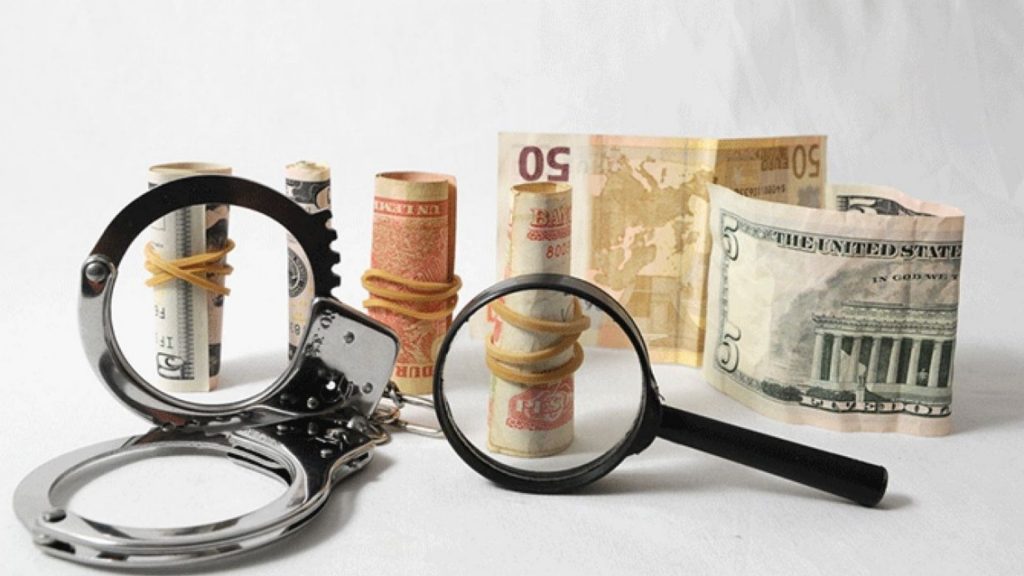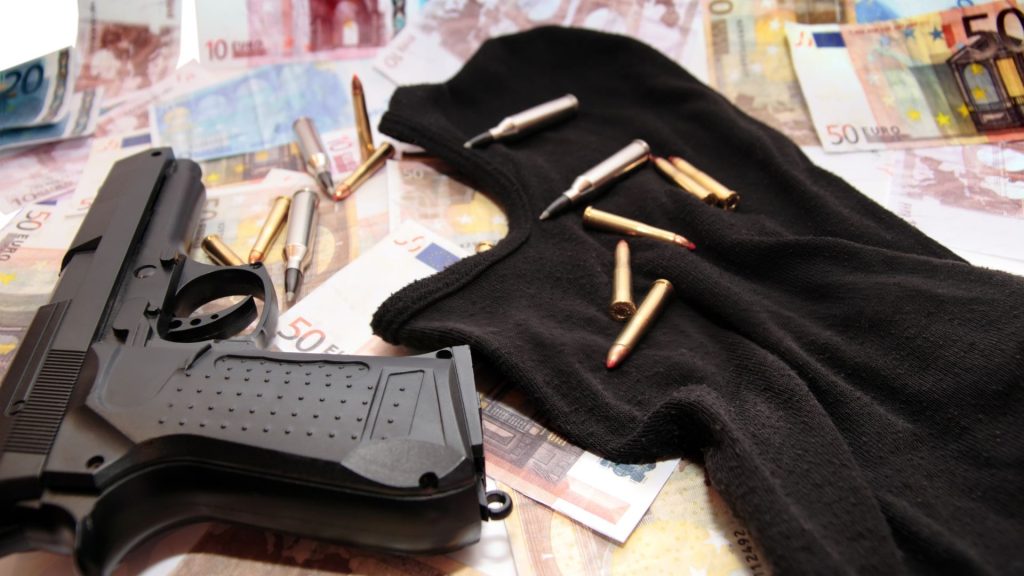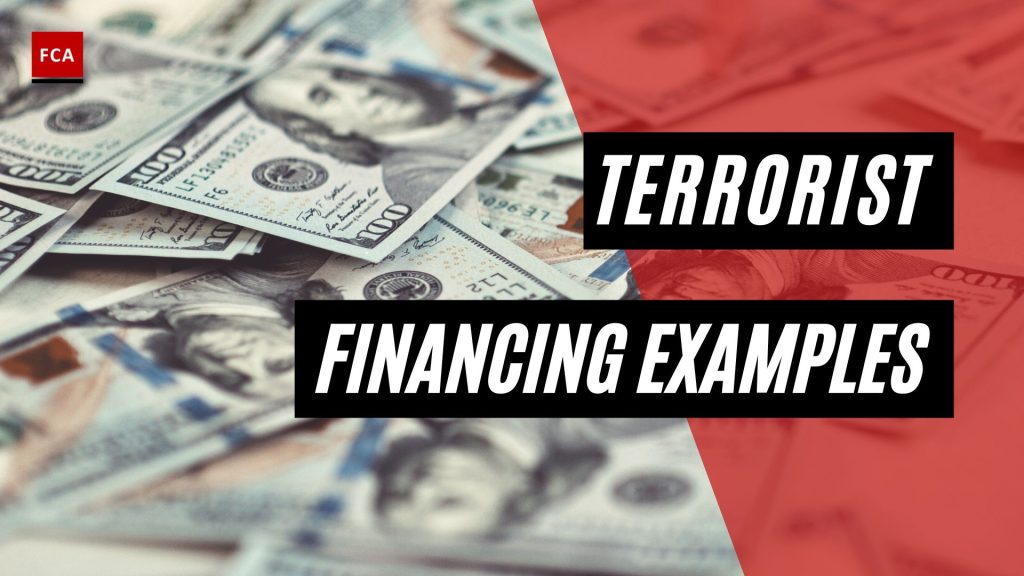What are the Terrorist Financing examples? A recent article by the International Centre for Counter Terrorism explained how slavery became important for contributing to the political, military, and financial growth of terrorist organizations.
Slavery in conjunction with human trafficking is considered one of the more important funding sources of a terrorist organization.
But first things first. The funds used for terrorist financing can originate from a perfectly legal and legitimate source or have an illegal source.

Terrorist Financing Examples And Definition
Any crime that generates a profit can be used to fund terrorism. This means that even if the risk of a terrorist attack is low, a country may face terrorism finance risks and there are terrorist financing examples.
Terrorist funding can come from a variety of sources, including but not limited to low-level fraud, kidnapping for ransom, the exploitation of non-profit organizations, the illicit trade in commodities (such as oil, charcoal, diamonds, gold, and the narcotic “captagon”), and digital currencies.
We can help prevent future attacks by disrupting the flow of terrorist funding and understanding the funding of previous attacks.
Let us start exploring some practical examples of legitimate sources and terrorist financing examples
Terrorist Financing through Legitimate Businesses
Terrorist groups often operate legal businesses. Some of the biggest Islamic terror groups operated farms where peanuts were grown, and honey was produced. They also operated trading companies, tanneries, furniture-making companies, and even bakeries.
Other examples from the last decade of unraveling terrorist activities include a construction and plumbing company, a used car dealer and workshop, a fishing business, and a manufacturing company
Even professional services-oriented businesses are not charmed against being employed by terrorist groups. There are examples where they operated investment companies and even a corporate audit firm.
Comparing terror groups with European ones, there are certain similarities. For example, the Provisional IRA and Loyalist groups in Northern Ireland legally operated drinking clubs or pubs. They were operated legally later on when they obtained proper licenses and reported their income to the government. But they started as illegal businesses.

Terrorist Financing through Illegit Activities
This brings us to the illegal and criminal sources of terrorist financing. On one way or the other, most terror groups rely on transnational crime. Transnational crime a global business valued at an average of 1.6 trillion US-Dollar to 2.2 US-Dollar trillion annually – and terrorist certainly have their shares in it.
To generate funds, some terrorist groups are involved in the drug trade. An estimated 80 percent of the drugs in Europe have some connection to terror groups. Certain terror groups are also involved in the smuggling of people from Asia into Europe.
Terrorist groups are also heavily involved in the smuggling of commodities. For terrorist groups, as for other money launderers, the appeal of gems and precious metals is that they are small yet highly valuable, secure in their value, and hard to trace.
Smuggling creates profitable opportunities in places with differential tax rates. It is also applied by terrorist groups directly in countries that are subject to sanctions. In one case, a terror group member bought cigarettes in North Carolina. The taxes were low, then sold them at a discount in Michigan, where taxes were higher. The scheme generated an estimated 3.7 million US-Dollar over several years, while at least a portion of the profits was sent back to the Middle East.
Smuggling also has a history in terrorist groups originating in Europe. In one of the rather odd smuggling cases, the Provisional IRA smuggled pigs across the Northern Ireland and the Irish Republic border. The IRA openly exported the pigs to the British side of the border, collected an export subsidy of eight pounds per pig, then smuggled them back into Ireland and repeated the whole operation with the same pigs. This produced 2 million US-Dollar in one year and, as one scholar notes, “some very tired pigs.”
Counter Terrorist Financing
Terrorist financing has been a prevalent financial crime for more than a decade, and authorities are desperate to crack down. After the September 11th terrorist attacks in the United States, it became a major political issue, and it has weighed heavily on the minds of those involved in the financial sector ever since.
A slew of laws and regulations have been enacted to rein in terrorist financing, and these are referred to collectively as counter-terrorism financing policy (abbreviated as CTF). Most financial institutions are required by these policies to meet a number of stringent requirements, including monitoring transactions and behavior, conducting proper customer due diligence, and maintaining appropriate records.
Final Thoughts
Terrorist organizations require funds to operate and carry out terrorist acts. Terrorist financing refers to the means and methods used by terrorist organizations to fund their operations. This money can come from legitimate sources, such as business profits and charitable donations. Terrorist organizations can also raise funds through illegal activities such as trafficking in weapons, drugs, or people, or kidnapping for ransom. To be aware, terrorist financing examples are important to know.








